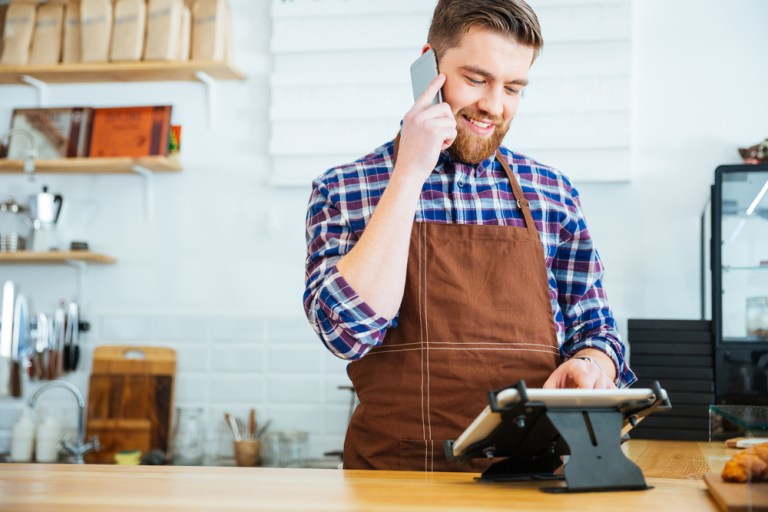
San Francisco Bay Area-based Omnivore is working to change the way restaurants integrate technologies into their POS systems.
Mike Wior, cofounder and CEO of Omnivore, said the idea for Omnivore’s cloud-based development platform came about when he was working on the MenuPad, an order-at-the-table solution launched by Chris Sullivan, cofounder of Outback Steakhouse.
In scaling the product, Wior realized there was a major need for innovation in the POS integration space. “For anyone who has ever done restaurant technology or done integration into a point-of-sale system, every time you tried new technology, you had to use a new integration,” said Wior.
“You had to test it separately, and each comes with its own bugs and issues. It was a very burdensome process to test and evaluate new technologies.”
So, Wior decided to build a point-of-sale integration that was developer-centric so that anyone who needed to integrate could do so through a common system.
Enter Omnivore. Omnivore’s cloud-based platform requires only single integration. From there, the platform helps restaurants discover and test apps on the Omnivore Marketplace for payment, reservations, delivery, loyalty, analytics and point-of-purchase intelligence.
“It removes all of the headaches that used to be involved in playing around with new technology,” Wior said. “Through our marketplace, we enable restaurants, whether they be chains or independent, to install the Omnivore system and test a variety of restaurant technology that all works through Omnivore.”
Everything is done through one common interface. “You don’t have to change your application just because you’re using POSitouch instead of MICROS. It’s a universal translator, if you will.”
Omnivore’s platform works with a variety of POS systems, including MICROS, Dinerware, Aloha and InfoGenesis, among others.
Restaurants are starting to catch on. Omnivore’s platform is currently used by just over 2,000 locations nationwide. And they’re seeing the results.
While Wior noted that most of the quantitative results that restaurants see come from the specific technologies they choose to adapt, there are some tangible benefits that come simply by integrating Omnivore.
For instance, over 59 percent of restaurants that use online reservations have seen sales increase, and restaurants will see order accuracy improve by 53 percent by integrating Omnivore. For restaurants using pay-at-the-table solutions, Omnivore increases table turns an average of 12 minutes.
Wior hopes to expand the reach of Omnivore’s technology. “We’re looking to be in 15,000–20,000 locations by the end of next year,” he said. “And to continue to grow from there.”
Aside from expanding its consumer base, Omnivore is working on plans to develop its “perfect store program.”
The perfect store program will be a way for restaurants to look at what technology categories they participate in and, if they’re having problems in a certain area, how to improve. “Our perfect store program looks at all of the different technology segments that a restaurant can participate in. And they can grade themselves based on how they’re performing in each category.”
With this upcoming addition, which is still in the planning stage as of now, a restaurant using Omnivore can analyze how to improve and increase efficiency across a number of different categories. As Wior said: “A restaurant can look at anything from search engine optimization to on- and off-premise ordering, from reservations to pay at the table.”